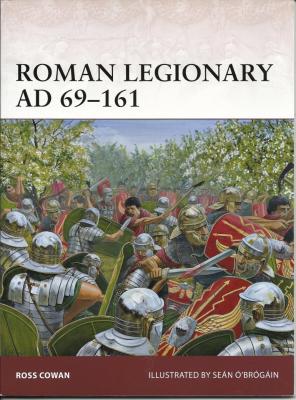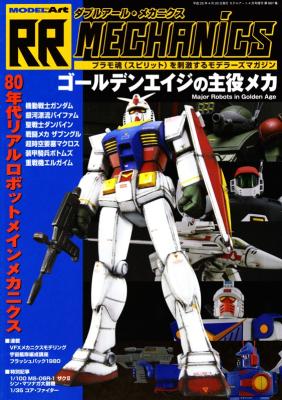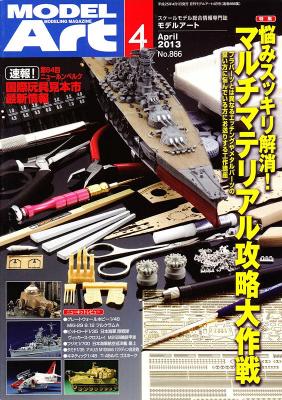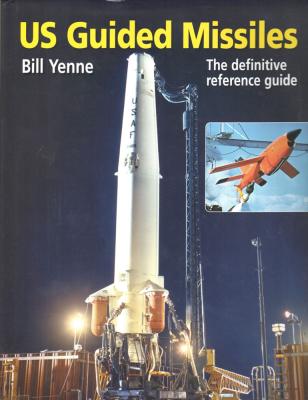This is another fine publication in Osprey Publishing’s Men-at-Arms series. There are 10 books in the series that covers the Indians of America. This publication covers the Indian tribes of the Southwest, which is mainly Arizona and New Mexico and some of the surrounding states. The contents cover the history of the tribes, the Spanish Invasion, and the approximately 35 tribes in the Southwest. This number includes all the major tribal groups along with their sub-tribes. There is a description of the major tribal groups and their main characteristics, hunting, gathering, and customs. The section on language and tribal accents is particularly interesting. The major tribes of Ute, Apache (with 4 variants), Navajo, Zuni, Hopi, and Pueblo are covered, as well as marginal tribes. Numerous photographs from circa 1870 up to 1910 are included, along with color art work, maps, and illustrations.
Content overview:










